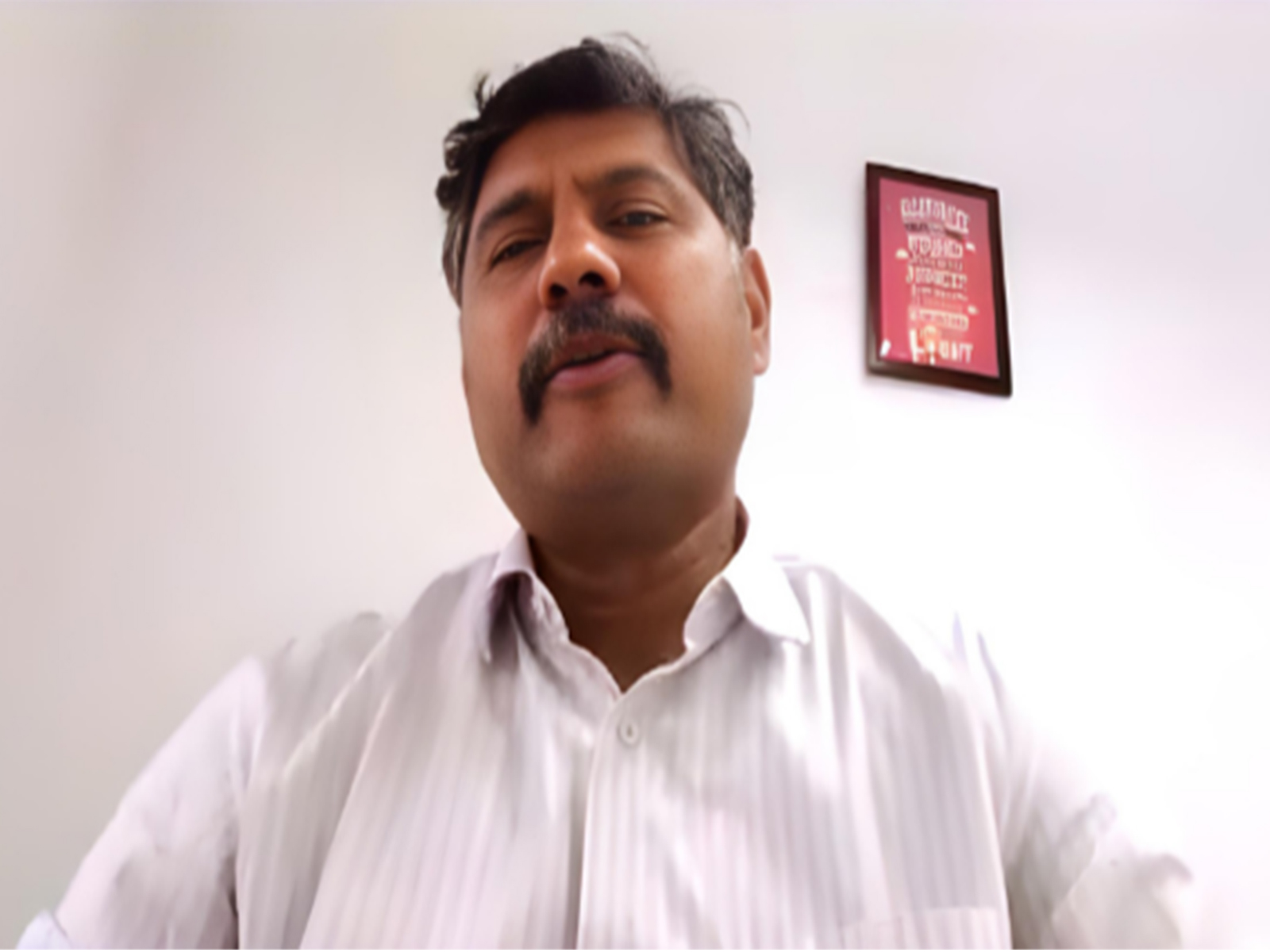New Delhi [India], November 14 (ANI): India’s push under the India Semiconductor Mission (ISM) is entering a crucial phase, with industry voices urging patience as the country works to build a foundation for chip manufacturing and design.
In an exclusive interview with ANI, Parag Naik, CEO of Saankhya Labs and Executive Vice President at Tejas Networks, stated that India is still in the “baby steps” stage of its semiconductor journey and requires time before any firm judgment can be made.
Naik said government schemes like the Production-Linked Incentives (PLI) and Design-Linked Incentives (DLI) are early catalysts, calling them “tailwinds, not crutches.” He emphasised that such support is necessary to propel the ecosystem into motion, but cannot carry the entire load. According to Naik, “By itself, the government can do as much. It is we as entrepreneurs and the rest of the ecosystem that have to pull through.”
He explained that countries like Taiwan and South Korea also depended on state-led incubation in their early years before their industries matured. Naik said chip-making is a long-cycle business, where returns do not come quickly.
“Manufacturing time cycle for it to actually stabilise and start making profits in at least five, six years,” he said, adding that India must take a “15-20 year view” rather than expect quick wins.
Naik pointed out that investors in India are more comfortable with cash-flow-heavy consumer businesses, even when such models operate at a loss. In contrast, semiconductor work has long gestation periods and demands patient capital.
“It took us nine years before we made any revenues in Saankhya,” he said. He argued that deep-tech industries are strategic for the country because their impact on the economy is far wider than short-term consumer tech platforms.
However, Naik said it is “too early to pass any judgment” on the India Semiconductor Mission. He noted that global semiconductor vendors showing interest in India is already a meaningful sign, but added that the real test will take a few more years.
“We would need to wait another three to four years before we want to pass a judgment on whether it was successful or not,” he said.
Naik also highlighted the imbalance between incentives for manufacturing and fabless chip companies. He pointed out that while thousands of crores have been earmarked for manufacturing, the amount set aside for fabless firms is much smaller.
“That ratio should change a bit,” he said, expressing hope that the upcoming DLI 2.0 scheme may correct this.
He urged the industry to understand the long journey ahead. Referring to Taiwan’s chip giant, he said, “TSMC was started in 1986. It took them 20 years before people even noticed that this company was doing something. And then they took off.”
Naik said India’s semiconductor ambitions must be seen through the same long lens, adding, “You have to give it time. I don’t think you should pass any judgments this early.” (ANI)
Disclaimer: This story is auto-generated from a syndicated feed of ANI; only the image & headline may have been reworked by News Services Division of World News Network Inc Ltd and Palghar News and Pune News and World News
HINDI, MARATHI, GUJARATI, TAMIL, TELUGU, BENGALI, KANNADA, ORIYA, PUNJABI, URDU, MALAYALAM
For more details and packages

















